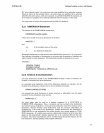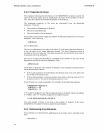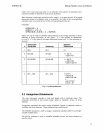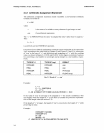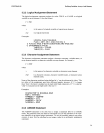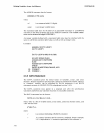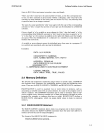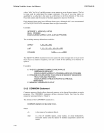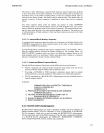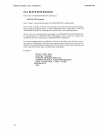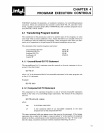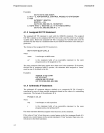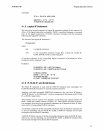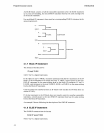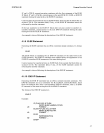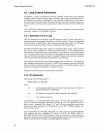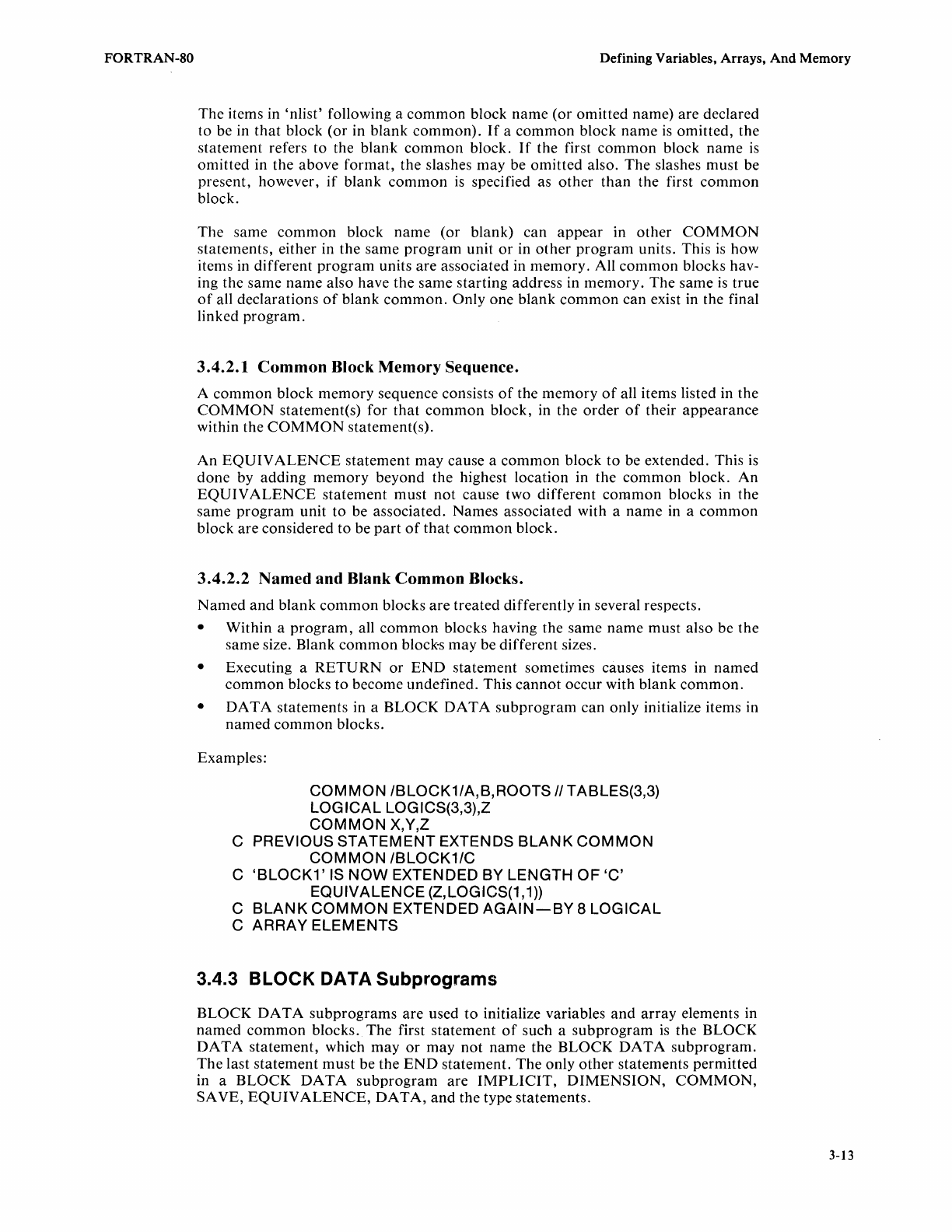
FORTRAN-80
Defining Variables, Arrays,
And
Memory
The items in 'nlist' following a
common
block name (or omitted name) are declared
to be in
that
block (or in blank common).
If
a
common
block name
is
omitted, the
statement refers to the blank
common
block.
If
the first
common
block name
is
omitted in the above
format,
the slashes may be omitted also. The slashes must be
present, however,
if
blank
common
is
specified as other
than
the first
common
block.
The
same
common
block
name
(or blank) can
appear
in
other
COMMON
statements, either in the same
program
unit
or
in
other
program
units. This
is
how
items in different
program
units are associated in memory. All
common
blocks hav-
ing the same name also have the same starting address in memory. The same
is
true
of
all declarations
of
blank
common.
Only one blank
common
can exist in the final
linked
program.
3.4.2.1
Common
Block Memory Sequence.
A
common
block memory sequence consists
of
the
memory
of
all items listed in the
COMMON
statement(s) for
that
common
block, in the
order
of
their appearance
within the
COMMON
statement(s).
An
EQUIVALENCE
statement may cause a
common
block
to
be extended. This
is
done by adding
memory
beyond the highest location in the
common
block.
An
EQUIV
ALENCE
statement must
not
cause two different
common
blocks in the
same
program
unit
to
be associated. Names associated with a
name
in a
common
block are considered
to
be
part
of
that
common
block.
3.4.2.2 Named
and
Blank
Common
Blocks.
Named and blank
common
blocks are treated differently in several respects.
• Within a
program,
all
common
blocks having the same
name
must also be
the
same size. Blank
common
block-s
may
be different sizes.
• Executing a
RETURN
or
END
statement sometimes causes items in named
common
blocks
to
become undefined. This
cannot
occur with blank
common.
•
DA
TA
statements in a BLOCK
DATA
subprogram
can
only initialize items in
named
common
blocks.
Examples:
COMMON
IBLOCK1/A,B,ROOTS
/I
TABLES(3,3)
LOGICAL LOGICS(3,3),Z
COMMON
X,Y,Z
C PREVIOUS STATEMENT EXTENDS
BLANK
COMMON
COMMON
IBLOCK1/C
C
'BLOCK1'
IS
NOW
EXTENDED BY LENGTH
OF
'C'
EQUIVALENCE (Z,LOGICS(1,
1))
C
BLANK
COMMON
EXTENDED
AGAIN-BY
8 LOGICAL
C
ARRAY ELEMENTS
3.4.3 BLOCK DATA
Subprograms
BLOCK
DATA
subprograms
are used
to
initialize variables
and
array
elements in
named
common
blocks. The first statement
of
such a
subprogram
is
the BLOCK
DATA
statement, which
mayor
may
not
name the BLOCK
DATA
subprogram.
The
last statement must be the
END
statement. The only
other
statements permitted
in a
BLOCK
DATA
subprogram
are
IMPLICIT,
DIMENSION,
COMMON,
SA VE,
EQUIVALENCE,
DATA,
and
the type statements.
3-13



